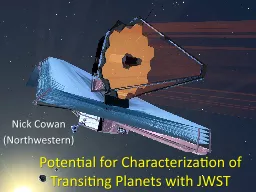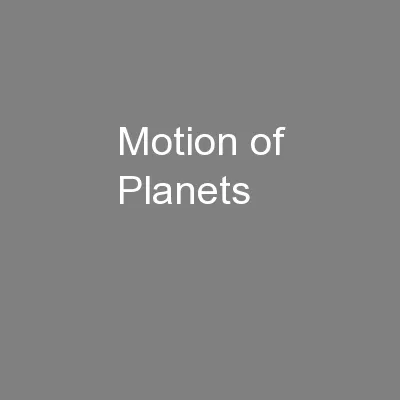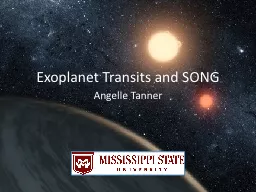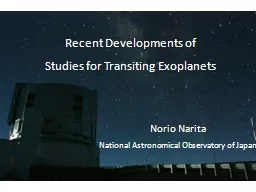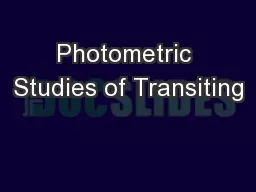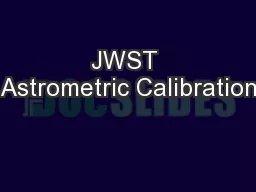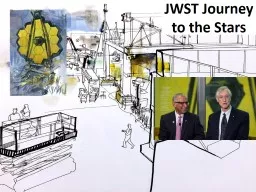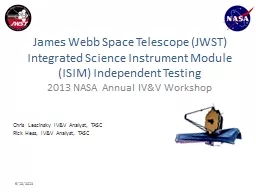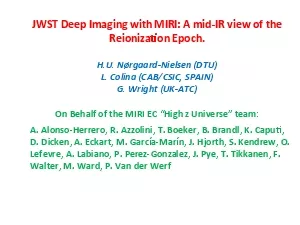PPT-Potential for Characterization of Transiting Planets with JWST
Author : thesoysi | Published Date : 2020-07-02
Nick Cowan Northwestern Study Analysis Group 10 SAGX What is the full diversity of planet properties needed to characterize and understand the climate of shortperiod
Presentation Embed Code
Download Presentation
Download Presentation The PPT/PDF document "Potential for Characterization of Transi..." is the property of its rightful owner. Permission is granted to download and print the materials on this website for personal, non-commercial use only, and to display it on your personal computer provided you do not modify the materials and that you retain all copyright notices contained in the materials. By downloading content from our website, you accept the terms of this agreement.
Potential for Characterization of Transiting Planets with JWST: Transcript
Download Rules Of Document
"Potential for Characterization of Transiting Planets with JWST"The content belongs to its owner. You may download and print it for personal use, without modification, and keep all copyright notices. By downloading, you agree to these terms.
Related Documents

